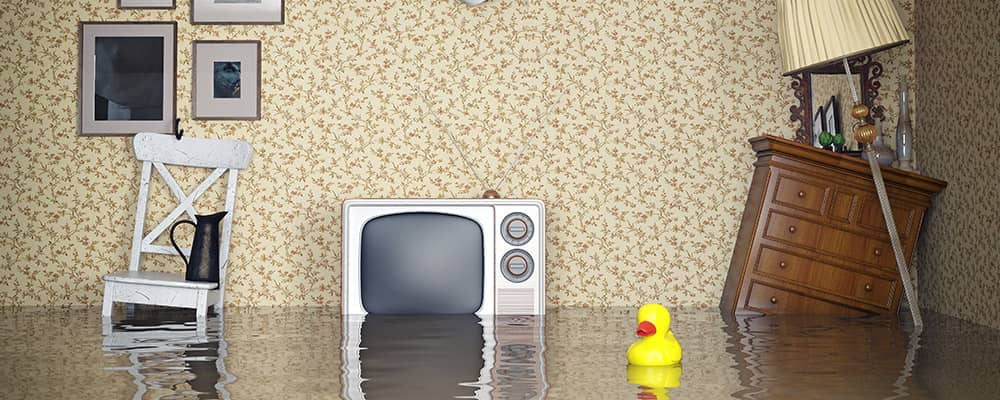Flood Insurance 101: A Downpour of Useful Information
- Rosemarie Pirio
- Home Life

It's that time of year, the rainy season. For many homeowners the rainy season also means the flood season. Do you have a flood insurance policy already in place? Be advised that even though you have homeowner's insurance, it does not mean that you are covered in the occurrence of a flood. How do you know if you need flood insurance? How does it work and where do you get it from?
The Beginning: The National Flood Insurance Program (NFIP)
Let's start from the very beginning. Back in the day, no one could get flood insurance because it was too costly for private insurers to offer. The only support the government provided against flood disasters was the construction of flood control works such as dams, levees, sea walls, etc., and the possibility of disaster relief.
In 1968 Congress established the National Flood Insurance Program (NFIP) as a means to offer homeowners the opportunity to purchase flood insurance backed by the government, in exchange for community participation and implementation of measures to reduce future flood risks.
So today, if your community participates in the NFIP, you are eligible to purchase government-backed flood insurance that is offered through private insurance companies. If you live in a community that does not participate, flood insurance is not available. There are about 85 private insurance companies that offer flood insurance through the NFIP, so if you are unsure about your community's participation, speak with a local insurance agent.
Now the Question Is, Do You Need Flood Insurance?
Floods can happen anywhere, with some areas being high-risk. Homeowners that live in high-risk areas are often required by law to purchase flood insurance. Sometimes a mortgage lender will require flood insurance as well. First it'd be best to find out the different flood zone designations. Some zones are at risk from flooding due to rivers and streams, while others might be at risk of flooding due to coastal locations or storms. You can check the Federal Emergency Management Agency (FEMA) Map Service Center to see a map of the area where your home is situated to determine your flood risk.
Flood Insurance Coverage Availability
The NFIP issues flood policies up to $250,000 for residential properties. As with homeowner's insurance, it's important to choose a flood policy based on your needs. The standard flood insurance policy covers the main structure on the property, but does not extend to secondary structures. Flood insurance does not typically cover your personal possessions, but you can get this for an additional premium cost and coverage for up to $100,000.
Important note, there is a 30-day waiting period for new applications and endorsements to increase coverage, so with flood season right around the corner, don't hesitate!
